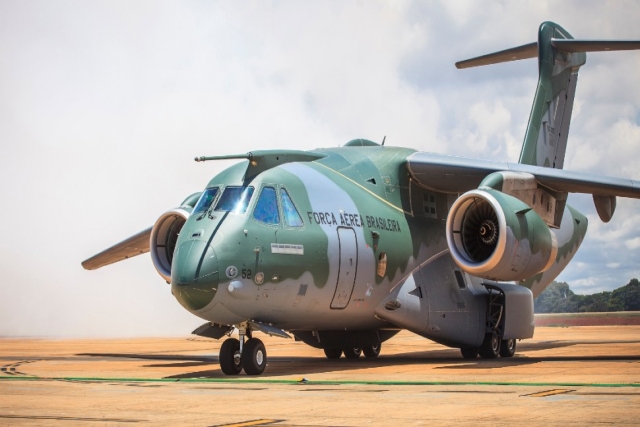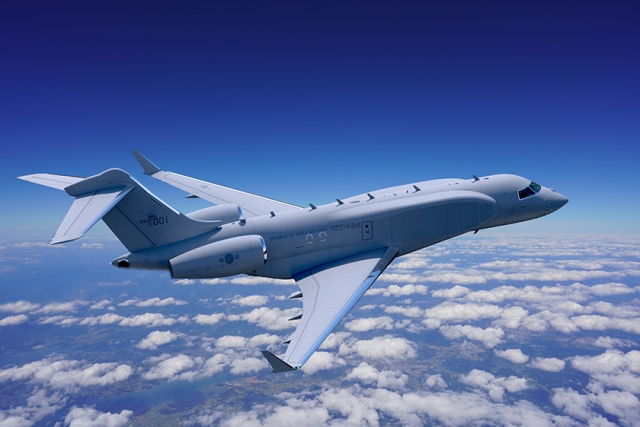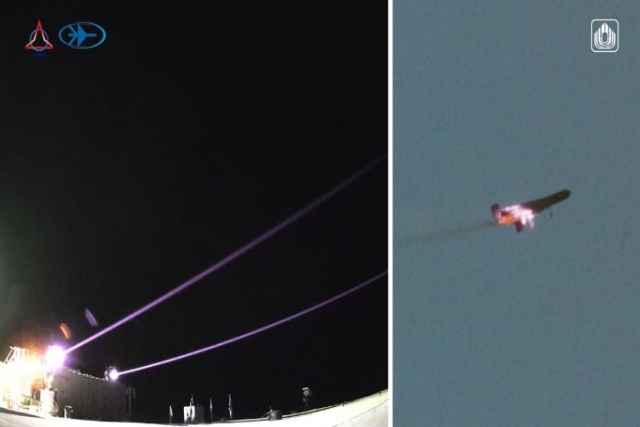Good Omens for Presidential Helicopter Competition
In April, 2009 as part of his effort to change the culture in the Department of Defense, Secretary Robert Gates cancelled the competition for the VH-71, a new presidential helicopter. The preceding competition produced a vehicle that was overdesigned and way overpriced. As Gates said at the time, “this program was originally designed to provide 23 helicopters to support the president at a cost of $6.5 billion. Today, the program is estimated to cost over $13 billion, has fallen six years behind schedule, and runs the risk of not delivering the requested capability.” But the president needs a replacement helicopter. So a new effort is underway to build him one. The Navy is once again in charge. This time, apparently it has learned the lesson of its previous failure. According to a report by the Government Accountability Office (GAO), the Navy is now applying best practices to the acquisition of a new helicopter. In particular, it is important to get the relationship between requirements and resources correct. The GAO report observes that, “One of the primary lessons they learned from the VH-71 program’s experience is that there must be an early, solid business case with a rational balance between requirements, cost and schedule.” How is that for a blinding flash of the obvious? But it reflects a reality in defense acquisition. For far too long cost, schedule and producibility has been divorced from design requirements. When program managers and stakeholders are allowed to impose requirements unconstrained by notions of schedule and cost or simply the boundaries of good sense, you get massive cost overruns, years of delay and an unworkable program. This was not only the problem for the VH-71 but the RAH-66 Comanche armed reconnaissance helicopter, the CG(X) missile defense cruiser, the Future Combat System and even the Army’s first attempt at a contract to build a new Ground Combat Vehicle (GCV).










